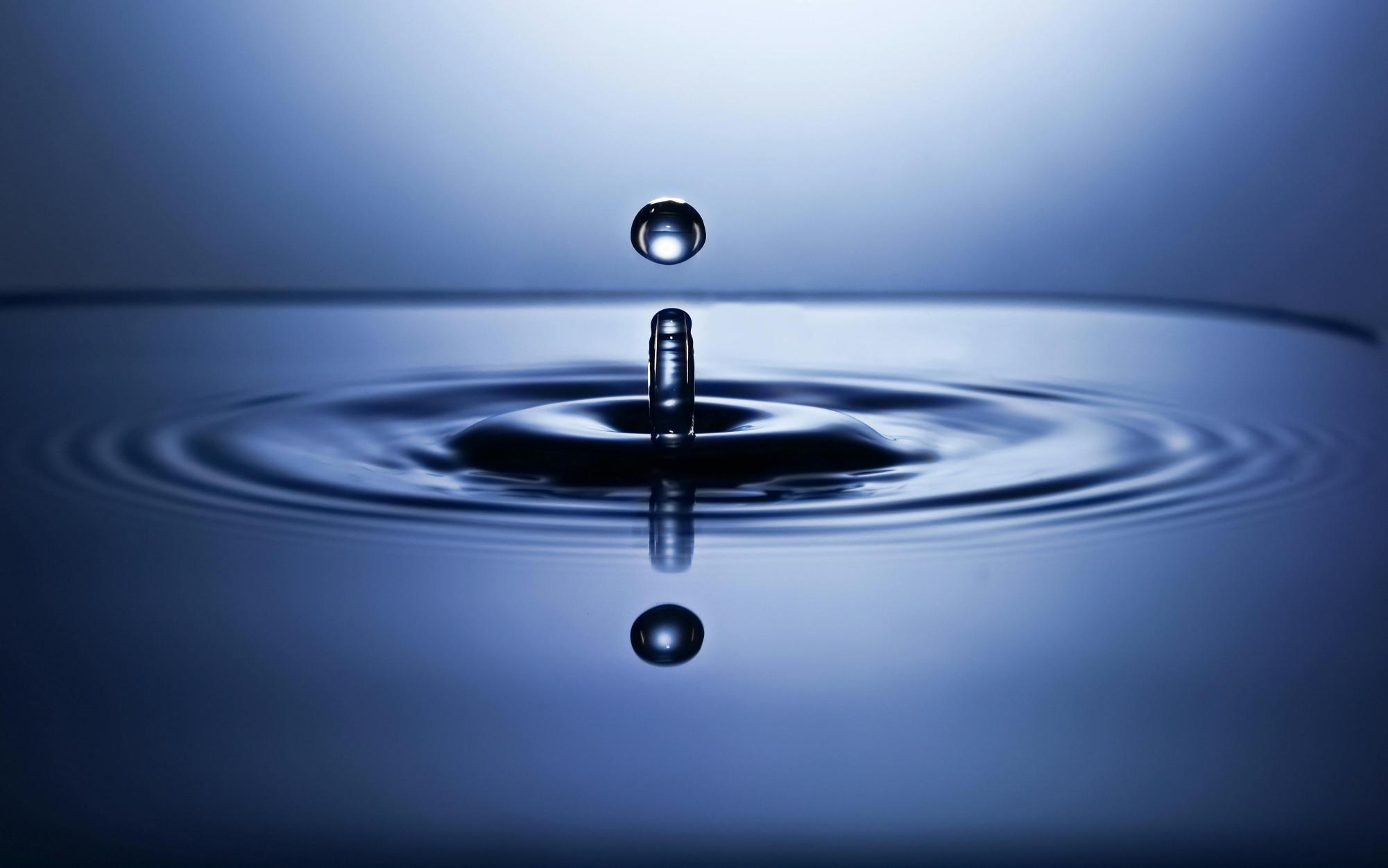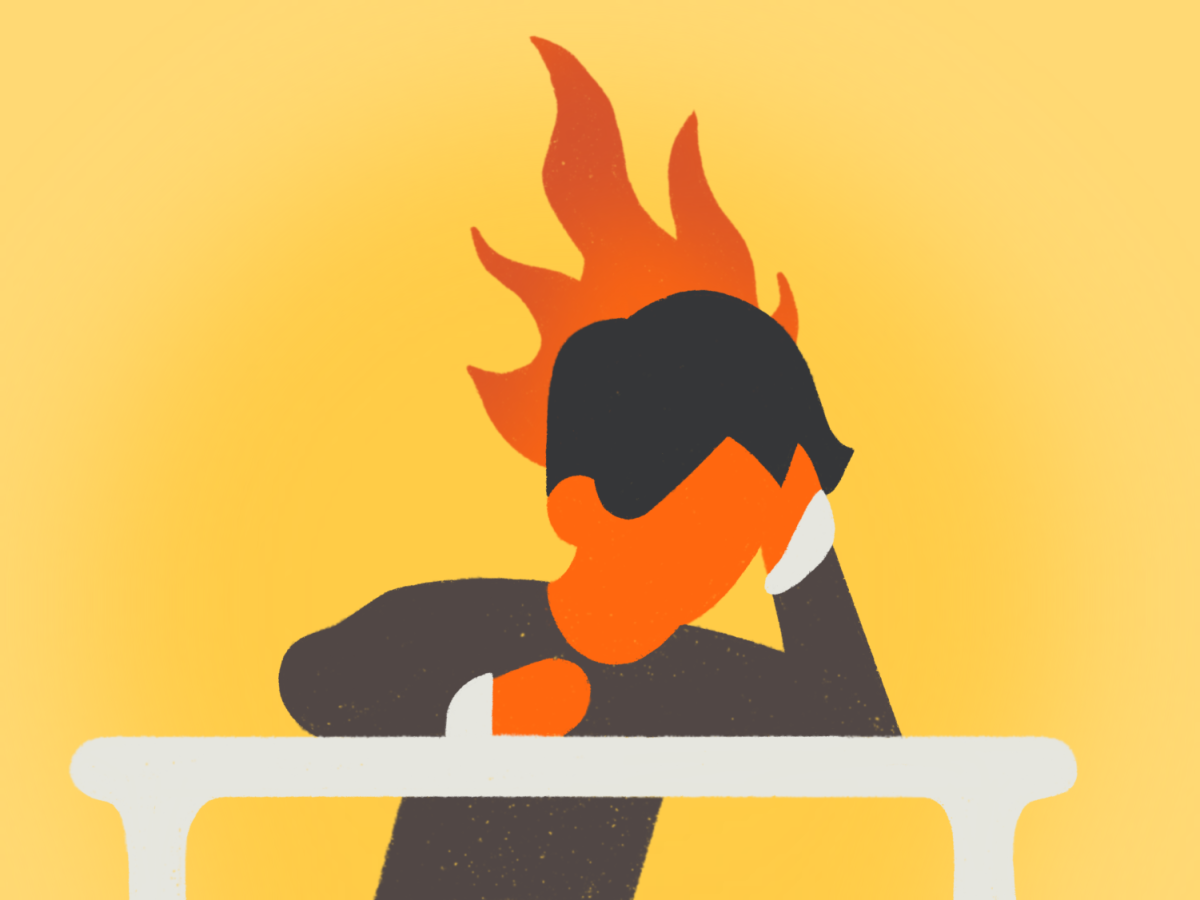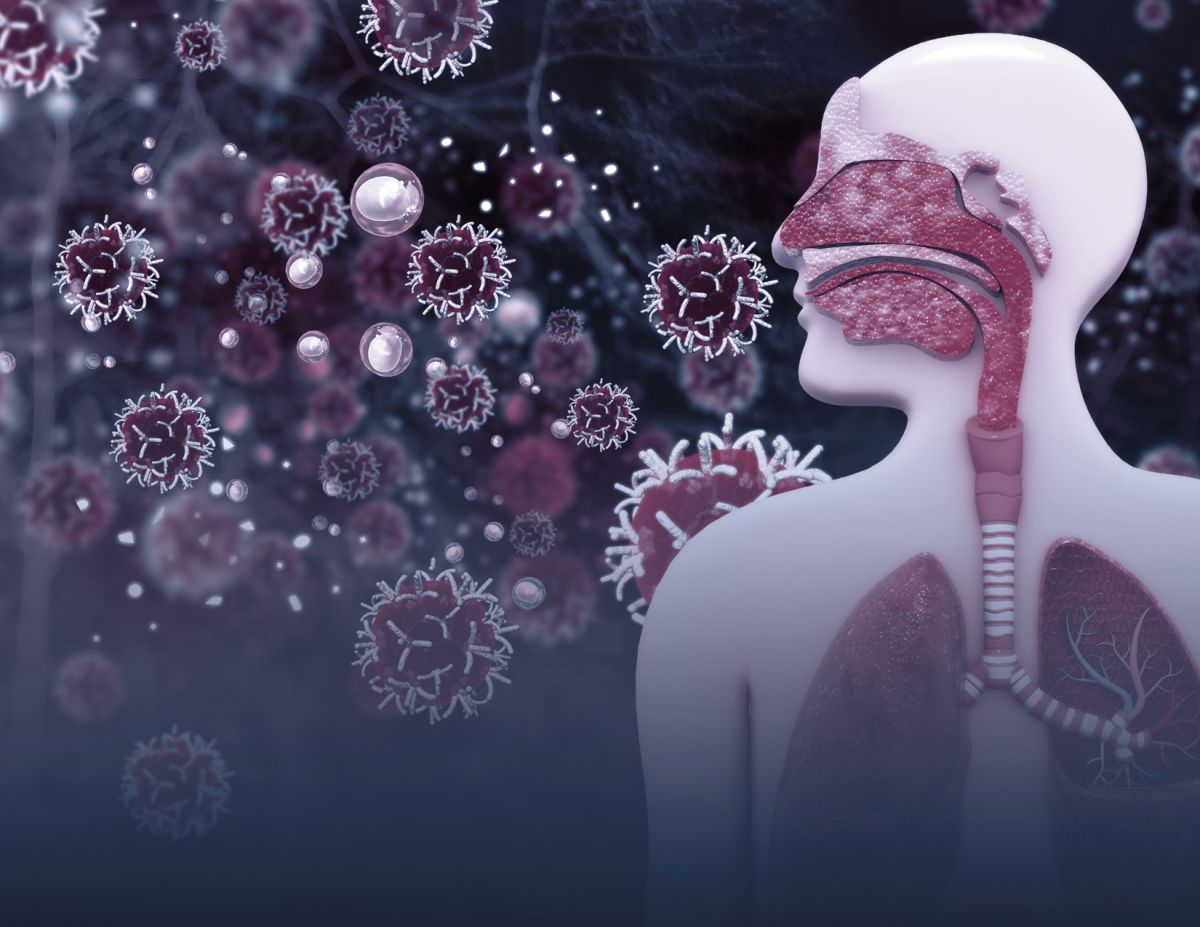Crying is a universal human experience often associated with sadness, but not limited to it. One of the first things a child does when entering the world is cry. Toddlers who have yet to discover more complex emotions cry to communicate, while adults often cry as a response to a strong emotion. Why does our body respond to mental and physical pain this way? How can crying help you feel better? There are three different types of tears: irritant tears, basal tears, and emotional tears.
Irritant tears:
Irritant tears flood your eyes when something troublesome messes with them. The main triggers for these tears are chopping onions, vomiting, and inhaling smoke, and debris. They naturally “wash” your eyes when something irritates them and are secreted from the lacrimal glands.
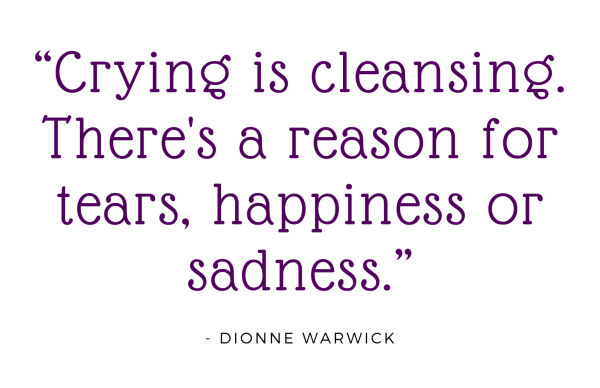
Basal tears:
Basal tears continuously glaze your eyes all day to help moisturize your eyeballs. Every time you blink, basal tears are spread around. This process can improve vision, sharpen focus, protect from debris, and transport oxygen and nutrients to the eyes. These tears consist of oils for lubrication, mucus so that tears move easier, water for moisture, antibodies, and proteins to resist infection. Basal tears are produced from lacrimal glands inside the upper eyelids.
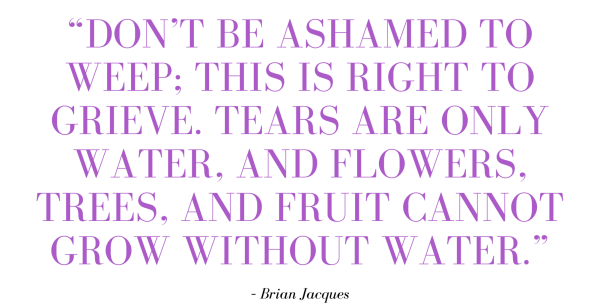
Emotional tears:
Emotional tears are provoked by intense emotions such as happiness, sadness, empathy, moral and sentimental emotions, physical pain, and many more. Crying is your body’s way of communicating feelings to others and puts you in a vulnerable state, which can improve relationships. It can also help connect with others who feel similarly, whether they have grief, love, or compassion. Shedding tears around loved ones can cause others to help try to improve your mood subconsciously. Emotional tears also come from the lacrimal glands and release natural “painkillers” like leucine enkephalin and other endorphins that make you feel better.
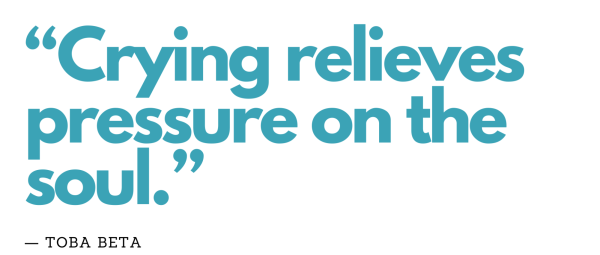
In conclusion, we mainly cry when we are sad because it communicates our emotions to others and releases stress hormones that make us feel better. Although not enough evidence supports that crying can be therapeutic, many express how having a “good cry” makes them feel better.
https://www.webmd.com/balance/why-we-cry-tearing-up
https://news.miami.edu/stories/2024/06/why-do-we-cry.html#:~:text=Stress%20relief%3A%20Crying%20has%20been,of%20stress%20and%20promote%20relaxation
https://www.medicinenet.com/why_do_we_shed_tears_when_we_cry/article.htm


